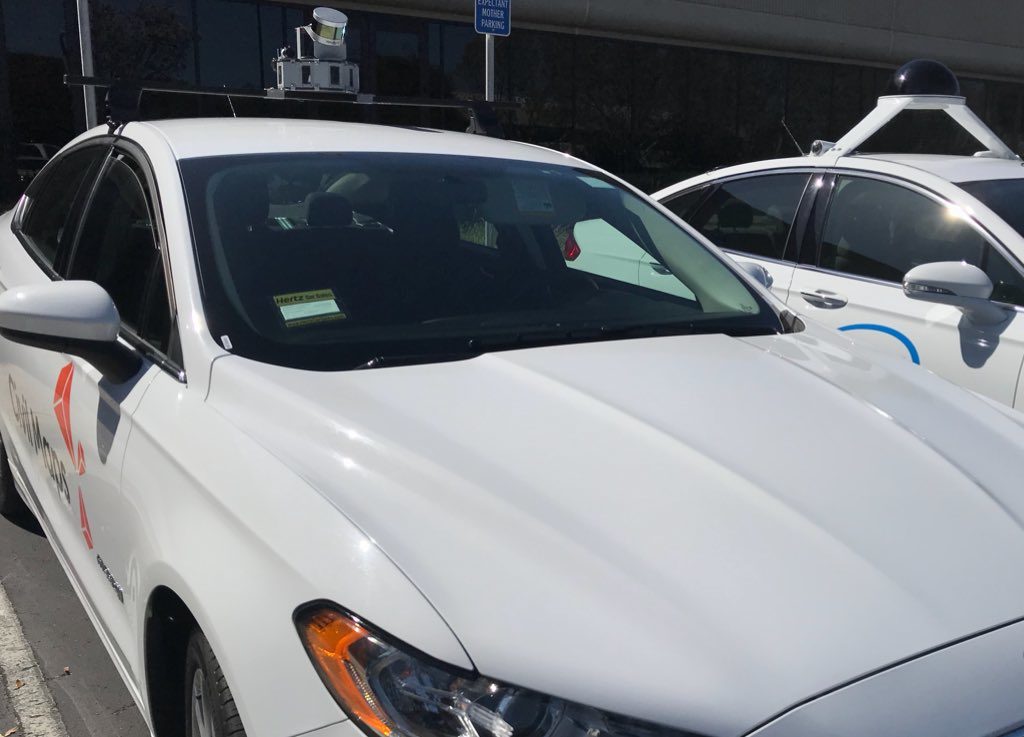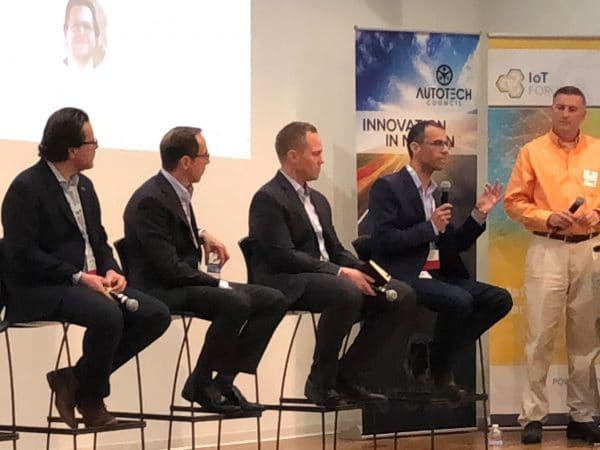There’s no question the automotive industry is changing as we speak. These changes will impact how we’ll travel, how we’ll use our cars, what new services will be offered, and which players will make up the evolving automotive ecosystem.
There’s already been disruption in the broader transportation industry. Ride-sharing services have devastated the taxi industry and taken hits at the rental car industry. There are even new names for the industry that’s emerging – such as “mobility services” or “mobility-as-a-service” (MaaS).
As these major transformations take place around the future of automotive and autonomous cars, I’m reminded that change brings both danger and opportunity.
As the automotive industry is being redefined, there are new opportunities for the evolving automotive ecosystem who will make autonomous cars a reality!
[TWEET “With change comes opportunity #autotech #ecosystem”]
The Changing Automotive Supply Chain
At the recent Autotech Council meetup, hosted by Western Digital, I sat on a panel with leaders from a 100-year-old automotive supply company, a much younger electric cars supplier, and the state of Michigan’s initiative for mobility technologies. This alone shows change in the automotive landscape: in the past such an automotive gathering probably would have taken place in Detroit. However, with the high concentration of technology startups in Silicon Valley providing the automotive industry with cloud, networking, processing, AI and other technologies, the Autotech Council itself is based in Silicon Valley.
The panel was called “Updating the Automotive Supply Chain for Autonomous Vehicles”. We talked about the changing needs of the automotive industry and how the evolving ecosystem could provide solutions to literally thousands of problems that need to be solved.
Changes in Automotive
Here’s just the tip of the iceberg of changes happening in automotive today:
1. The automotive ecosystem itself has multiplied
The automotive ecosystem itself has multiplied with the thousands of new problems to solve. What used to be an industry dominated by a few well-known Tier 1’s in Detroit now encompasses startups from around the globe providing new parts, systems and applications required for autonomous cars. New startups gathered at the Autotech Council meetup to pitch their solutions – everything from tracking driver emotions and alertness to machine learning for roads.
2. New parts are required to support the innovations in automotive.
With innovations in autonomous cars and the systems that run them, comes the need for new parts unimaginable just a few years ago. From “smart” mirrors to 3D maps to LIDAR and sensors, the list of parts in a car is expanding, and thus the vendors who are a part of the automotive supply chain.
3. New services are emerging in the automotive ecosystem
As we change how we get from point A to point B, new services are emerging. Imagine a shared vehicle like a robo-taxi engulfed with the smell of vomit after one passenger’s ride. While it’s not a pleasant image, therein lies a new business opportunity for an on-the-go cleaning service! Who will clean these shared, autonomous cars as they are in transit? Scheduled maintenance may also be coordinated on-the-go. Your car could drive itself to the service garage! No more waiting in line or needing a ride home.
4. New industries will be born.
Along with new service offerings, there will be a ripple effect to other industries such as insurance or maintenance as usage patterns change with autonomous cars.
5. Utilization will change with autonomous cars.
Instead of individuals owning cars we may move to a more shared model where we no longer own our cars but share them with others. If the cars of the future are on the road for longer hours of the day, maintenance needs will change. The lifespan of an autonomous car may be less than the cars of today because they will be driven around the clock. Parts will also have to withstand higher utilization rates.
6. The role of data in autonomous cars is significantly expanding.
Data plays a key role in this ecosystem and its supply chain. With more data than ever before residing within autonomous cars to support systems such as telematics, voice recognition, augmented reality, drive recorders, V2V communications, and more, it will change the way we think about the necessary parts in the supply chain.
Today data storage is somewhat of an afterthought; however as these new autonomous cars generate and consume more data than ever before, as much as 0.75 GB of data per second, the ability to capture, preserve, access and transform data must keep pace. Storage becomes a huge part of this data deluge! Decisions such as who owns the data? What data needs to be captured? How much data? How long does it need to be stored? These questions become critical.

With Change Comes Opportunity
It’s important to embrace the change and play it like Switzerland with the plethora of emerging startups. For example, there are at least 20 smart mirror suppliers today. Their “smartness” varies and they integrate with ADAS to varying degrees. Consolidation will come, and buyers will demand modularity over time. Until the true leaders emerge, you’ve got to work with all of them.
Western Digital is committed to the automotive industry with solutions tailored to the unique requirements of the evolving automotive ecosystem and a complete edge to cloud portfolio of solutions to make data thrive.
Forward-Looking Statements
Certain blog and other posts on this website may contain forward-looking statements, including statements relating to expectations for our product portfolio, the market for our products, product development efforts, and the capacities, capabilities and applications of our products. These forward-looking statements are subject to risks and uncertainties that could cause actual results to differ materially from those expressed in the forward-looking statements, including development challenges or delays, supply chain and logistics issues, changes in markets, demand, global economic conditions and other risks and uncertainties listed in Western Digital Corporation’s most recent quarterly and annual reports filed with the Securities and Exchange Commission, to which your attention is directed. Readers are cautioned not to place undue reliance on these forward-looking statements and we undertake no obligation to update these forward-looking statements to reflect subsequent events or circumstances.




